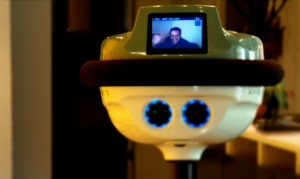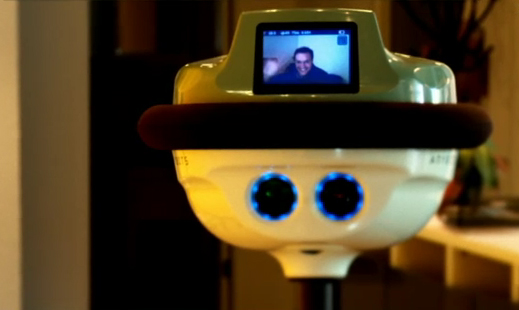Last week my local Congressman Michael Capuano introduced some important legislation into the house regarding privacy and TV.
Like many of us residing in the US, Capuano was astonished and troubled by the revelations that home TV and telephone operator Verizon was required to give the government lots of data about our telephone use. They provide a daily list of all calls, duration and codes to identify mobile devices so that the government can look for terrorists.
Capuano decided to look further into issues of privacy surrounding this particular operator, and his legislation is a result of his findings.
He found that cable TV companies are developing systems that allow the TV set to watch the viewer. The idea is that a box sits in your house and watches you watch the TV so that advertisers can market their wares better.
The systems will be fitted with face recognition software (see this article for an idea of how far this software has come) so that publicity can be tailor made for the consumer.
So if I am watching something the publicity will be aimed at me, and probably cross referenced with data about my interests, life and Google searches. Fast cars, motorbikes and concert tickets.
If my wife is in the room maybe the publicity will also take her presence into account, and offer her shampoo, a fitness package or the likes, or maybe target us both with a cruise or a romantic weekend in the sun for 2 or likewise. If we are sat at opposite ends of the sofa maybe some counselling or a good divorce lawyer, who knows.
I can only imagine that if the watcher is eating a bag of crisps (chips) and drinking a bottle of beer then publicity for pizza and wine would be in order, the right message at the right time if you see what I mean.
What Capuano and his co sponsor are trying to do is to pass legislation to force producers to build and market a version of their cable interface box without the cameras integrated, and that the TV must show the message “I am watching you” when the machine is watching you.
Not too much to ask you might think but in free market led America I await the outcome. Read more about the legislation here.
I was fortunate enough to interview Congressman Capuano for my Bassetti Foundation blog a couple of years ago. We spoke about technology and his responsibility as a politician to society and his electorate. A transcription of the interview is available here.
Just as a sideline the BBC has an article out about hackers taking over webcams to spy on people covertly. Apparently there is a market for access to your computer, although the stated motivations are different and the practice is not legal.
EDITOR NOTE: Don’t forget the post I wrote about keeping Java up to date Jonny; it mentions about webcam hacking too 🙂 – note by Christopher



